Disclaimer: This post contains affiliate links. If you click through and make a purchase, I may receive a small commission (at no additional cost to you). This helps support and run my blog. I only recommend products I personally use and love. Thank you for your support.
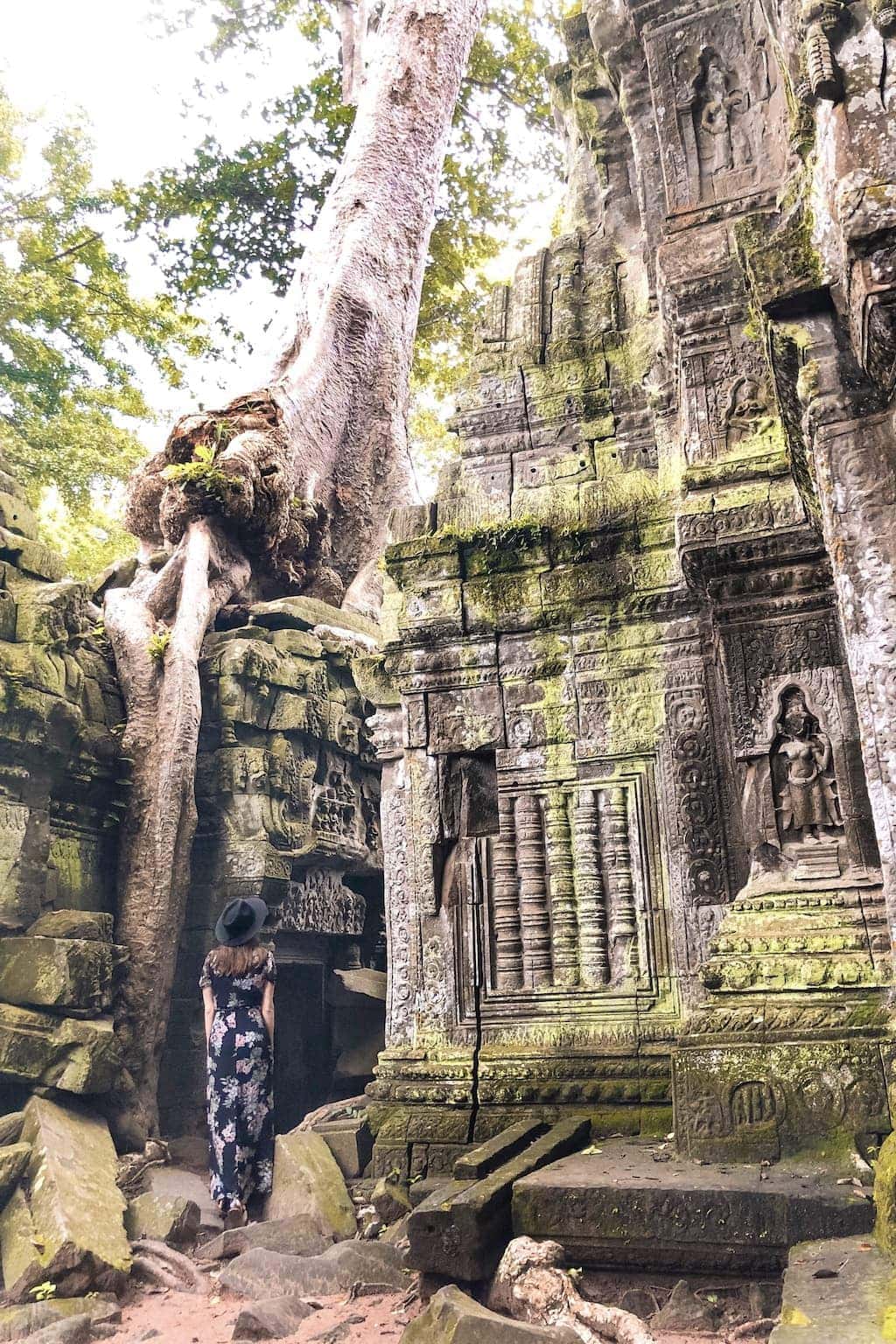
The temples of Angkor Wat are an incredible place to explore. Angkor Wat is often referred to as the “Eighth Wonder” and is the primary reason why millions of tourists flock to Cambodia each year. However, it is only one of the many temples that make up the Angkor Archaeological Park. Many travelers underestimate the size of Angkor.
Angkor Archaeological Park is 154 sq mi (400 sq km), making it the largest religious monument in the world. The park contains 72 major temples and numerous smaller ones, many of which are encompassed by jungle and not accessible to the public. The most popular temples are Angkor Wat, Ta Phrom, and Bayon but many of the lesser-known temples are just as beautiful. Continue reading to discover the top temples in Siem Reap.
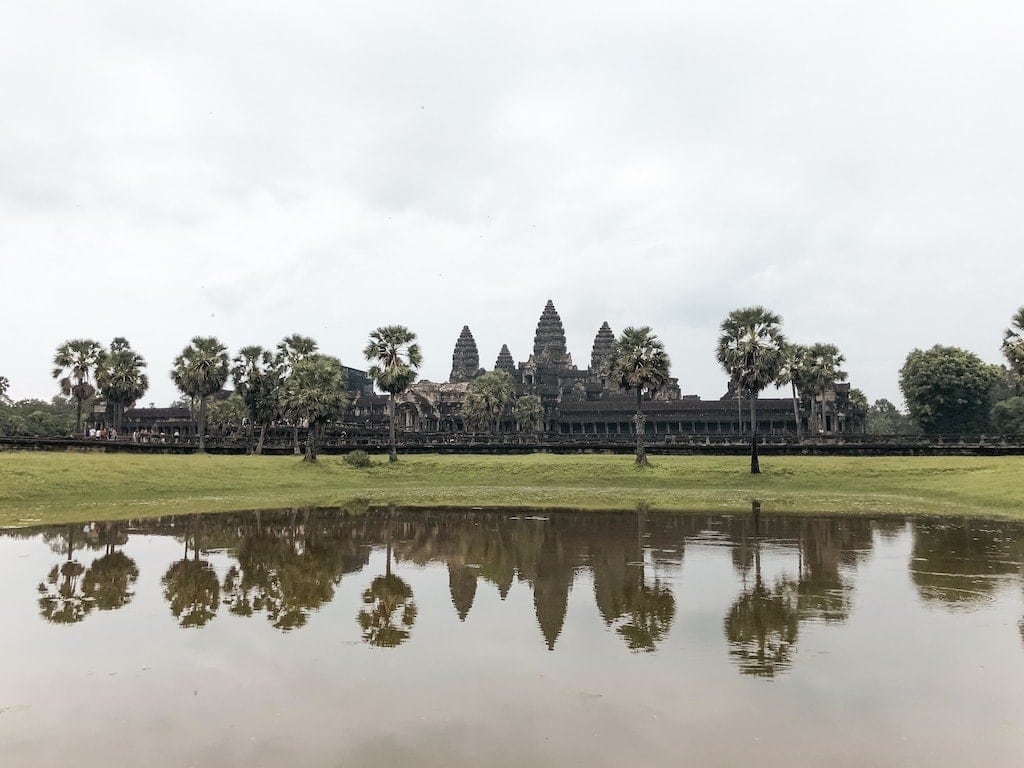
About Angkor Archaeological Park
Angkor Archaeological Park is located about 5 mi (8 km) north of Siem Reap in Cambodia. Angkor was constructed in the early 12th century and was the ancient capital of the Khmer Empire that ruled much of Southeast Asia at the time. At its peak, Angkor was one of the world’s most populous cities with an estimated 750,000 residents. It was eventually abandoned and wasn’t rediscovered until the 1840s.
Tourism was unregulated for quite some time and looting of the temples was rampant. Many statues have been defaced or are altogether missing. The park was listed as a UNESCO World Heritage Site in 1992 and restoration has since been ongoing. Today, the Angkor temples in Siem Reap offer a beautiful glimpse into the past. The architecture is stunning and tells the story of an almost forgotten culture.
How to Get to Siem Reap
Siem Reap is located in northwestern Cambodia and is the gateway to Angkor Archaeological Park. Siem Reap International Airport is about 7 km (4 mi) outside of town. There are no direct flights to Siem Reap, so you will need to fly into one of Asia’s major cities first. Most travelers transfer planes in Bangkok, Phnom Penh, or Ho Chi Minh City.
There are a handful of airlines that offer flights to Siem Reap, but I found Vietnam Airlines and Cambodia Angkor Air to be affordable and have quite a few routes. Citizens of most countries can get a VISA on arrival but please check in advance. The bus is another option when traveling from Phnom Penh, Cambodia. Busses are inexpensive and leave daily. The journey takes about six hours.
When to Visit Siem Reap
Siem Reap can be visited year-round but there are months that are better than others. Siem Reap is usually the driest between the months of November to March. December and January are the coolest months but are also the most crowded. This is considered the high season and everything will be a bit more costly during this time.
April and May are the hottest months in Siem Reap. Visiting during this time is still possible, but activities should be planned for the morning hours. Between the months of May and October, the humidity increases as does the chance of rain. This is considered the low season. You’ll find the best hotel rates and may find that many of the less popular temples are completely deserted.
What to Wear at the Angkor Temples
Angkor Archeological Park does have a dress code. The temples require that you be respectful in your clothing choices and wear clothes that cover your shoulders and knees. You’ll also want to bring a hat and wear comfortable walking shoes. The sun can get very strong, so lightweight, breathable clothing is recommended. You may want an umbrella or rain poncho if visiting during the rainy season.
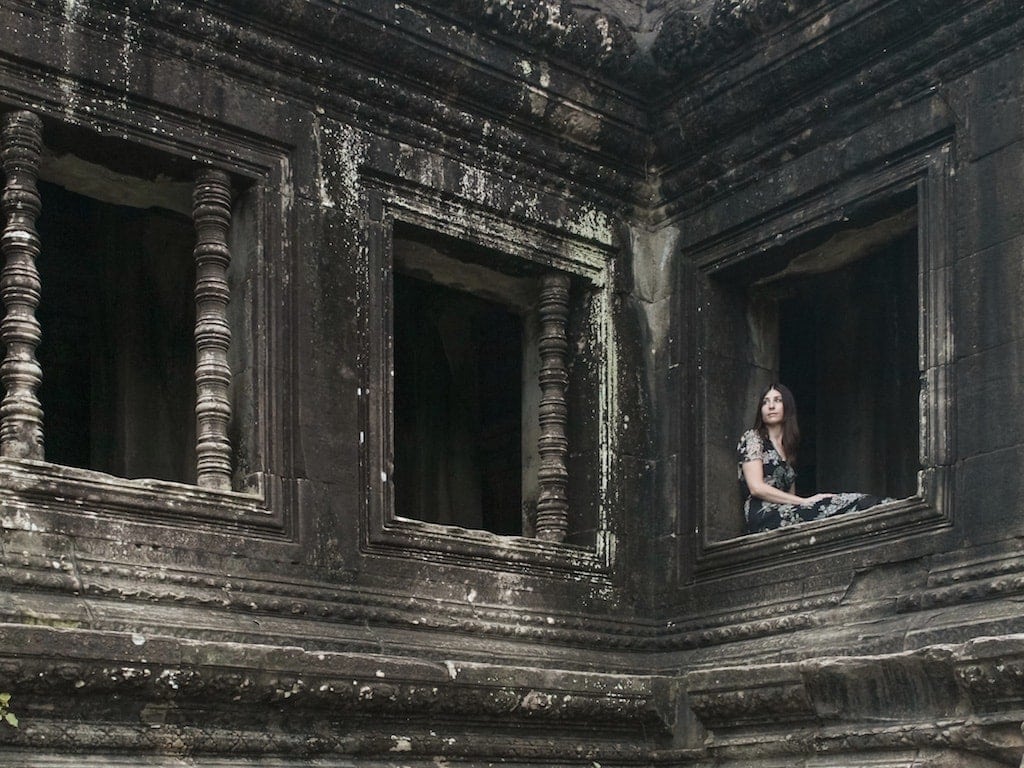
Must-See Temples in Siem Reap:
1. Angkor Wat
Angkor Wat is the heart of Cambodia and is one of the largest and most spectacular temples in Siem Reap. It is also one of the better preserved in the area. It was built as a Hindu temple by King Suryavarman II in the early 12th century and its construction took approximately thirty years to complete. The sandstone blocks were brought from Phnom Kulen, a holy mountain located over 31 mi (50 km) away, and were floated down the river on rafts.
According to inscriptions on the temple walls, it took roughly 300,000 workers and 6,000 elephants to construct it. Angkor Wat likely served as both a temple and a mausoleum. The temple faces west, a direction symbolically associated with death. If viewed in a counter-clockwise direction, the intricate bas-relief carvings on the temple walls tell a story. This was a practice used in ancient Hindu funerary rites.
I highly recommend starting your day at Angkor Wat. It’s an incredible place to experience the sunrise. Arrive at the ticket office as soon as it opens and then head to the temple to secure a good view and set up your camera. I left my hotel in town at 4:30 am and it worked out perfectly. The beautiful photos that you’ll capture are definitely worth the early start.
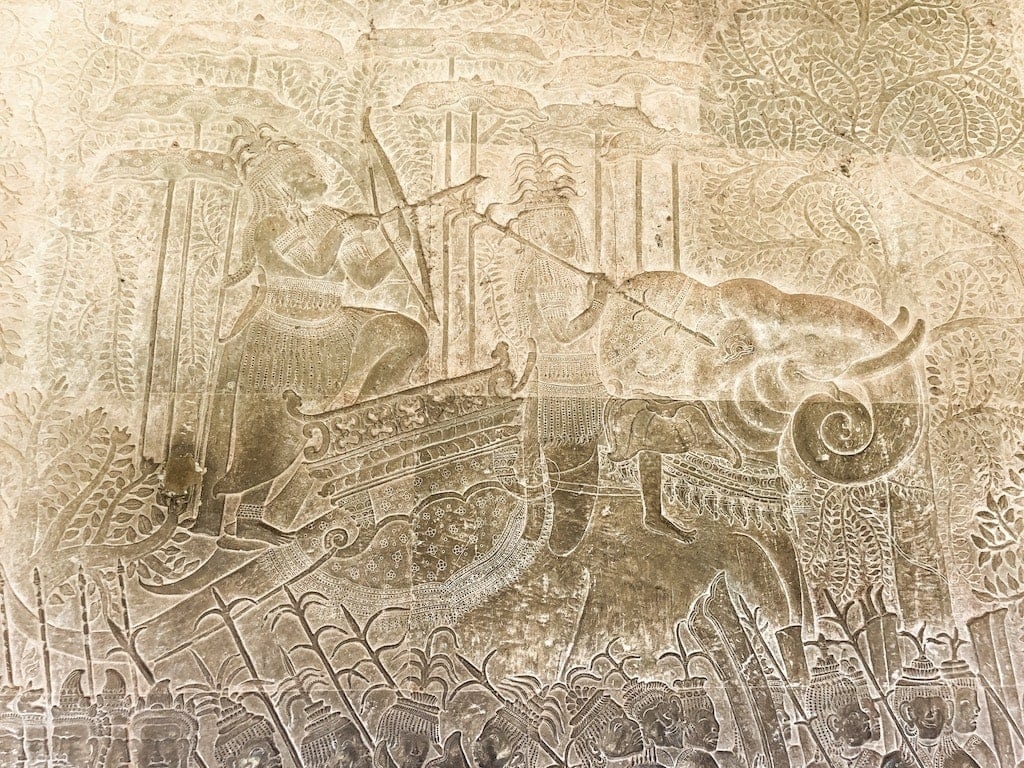
2. Ta Prohm
Ta Prohm is another of the most popular temples in Siem Reap. It became known as the “Tomb Raider Temple”, after appearing in the Angelina Jolie film. A visit to Ta Prohm is a magical experience. It dates back to the late 12th and early 13th centuries. After the fall of the Khmer empire in the 15th century, it was abandoned and left to the jungle for hundreds of years. During this time, it was swallowed up by trees and their enormous roots.
The temple’s towers and corridors are overgrown with vegetation that has caused its walls to crumble and made them difficult to restore. This is a large part of what makes Ta Prohm so special. The moss-covered stones and the trees that push their way through the structures are beautiful. However, some of the corridors are so badly damaged that areas have been deemed unsafe and roped off to the public. I would suggest visiting Ta Prohm early in the morning. I arrived upon opening and there were only a handful of people there.
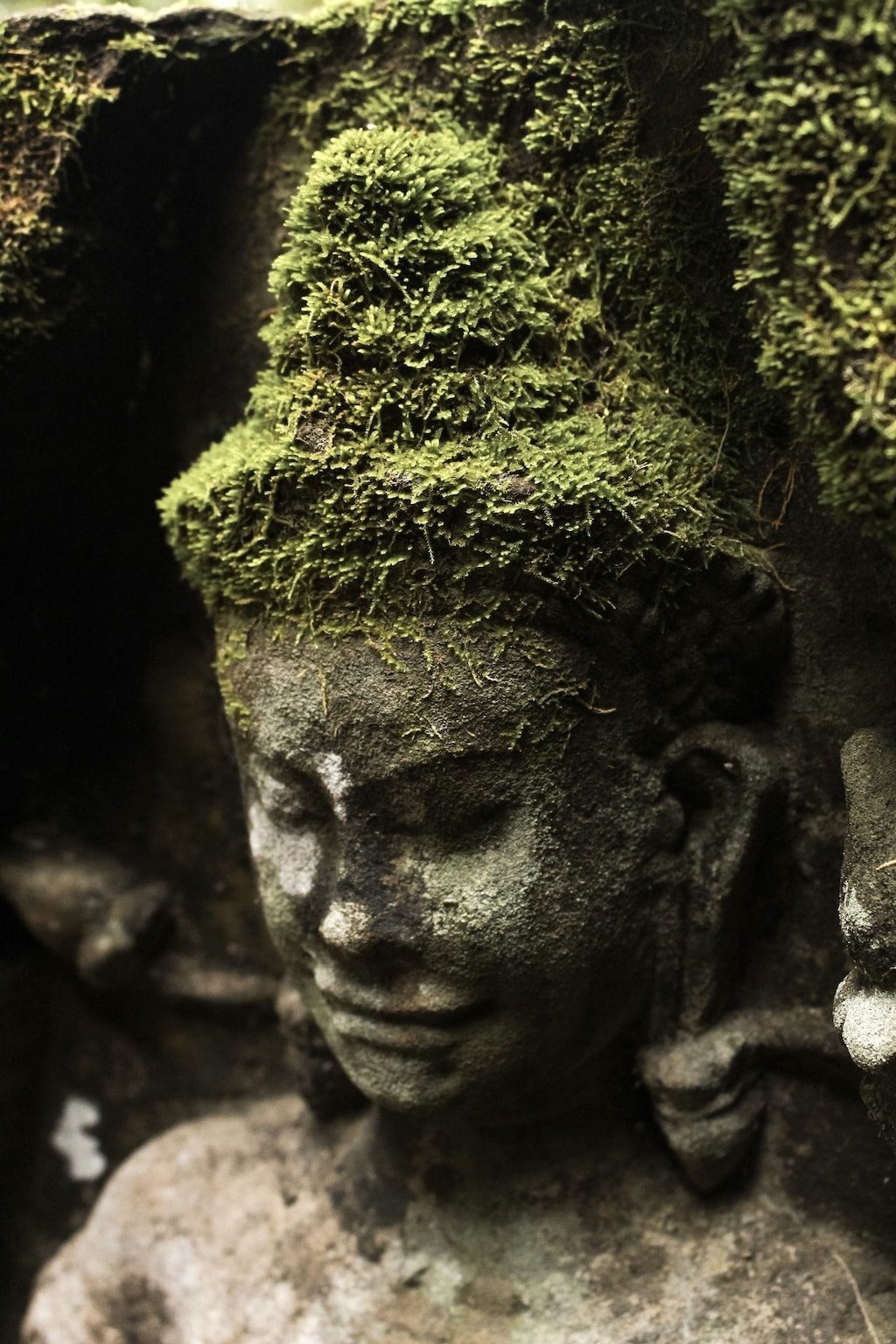
3. Banteay Kdei
Banteay Kdei, meaning “A Citadel of Chambers”, is located southeast of Ta Phrom. It’s constructed in a similar style to Ta Phrom but is much smaller and less complex. The temple is made up of four walls and has four separate entrances. Banteay Kdei was built from soft sandstone and is in some of the worst condition of all the temples.
It’s a Buddhist temple but many of the Buddha carvings on its walls have been defaced. I found that its lack of restoration makes it an interesting temple to visit. It’s also one of the lesser-visited temples and is a great place to escape the crowds between visits to the larger temples.
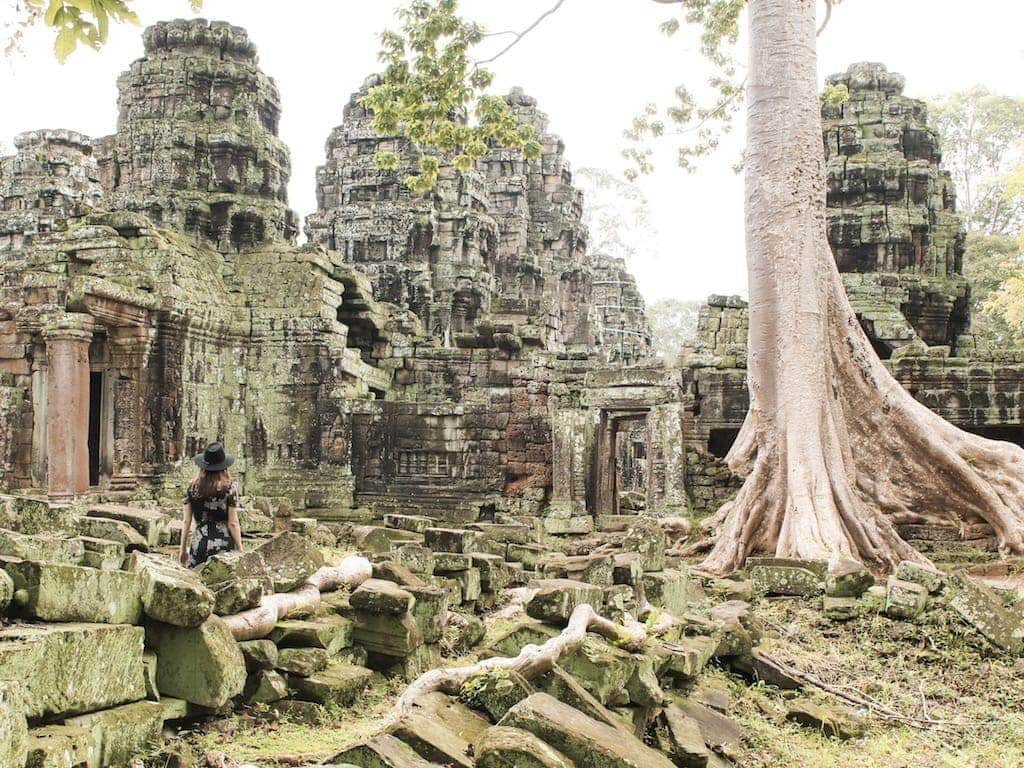
4. Pre Rup
Pre Rup is a Hindu temple dedicated to Shiva. It was built in the latter half of the 10th century and constructed of brick, laterite, and sandstone. It is a large pyramid-shaped temple that has three tiers with the top tier having five towers. These towers represent the mountain peaks of Mount Meru, which is the center of the universe in Hindu mythology. Pre Rup means “Turning the Body” which refers to a type of ancient cremation.
This suggests that the temple may have been used as a royal crematorium. Pre Rup has steep, climbable steps and offers great views from the top. It’s the perfect place to watch the sunset. The warm tones of the sandstone give the temple a beautiful glow as the sun starts to go down.

5. Bayon
Bayon was constructed sometime during the late 12th or early 13th century, about 100 years after Angkor Wat. It was built as the state temple of the Buddhist King Jayavarman VII and placed in the exact center of Jayavarman’s capital, Angkor Thom. It was later modified to represent Hinduism.
Bayon is a unique and powerful temple. From the outside, it really doesn’t look that different from the others, but upon entering you begin to see why it’s so special. The multi-tier, climbable temple is incredible and one of my favorite temples in Siem Reap. The first two levels have beautifully detailed bas-reliefs or carvings. On the third level, there are 54 towers with approximately 200 smiling stone faces on them.
Each face is about four meters high and all have their eyes closed. It’s not known for sure what the faces represent but they are said to be the face of the King. Bayon is most popular in the early morning or at sunset. I recommend going around mid-day to avoid the crowds. However, it does get very hot during the summer and there is little shade.
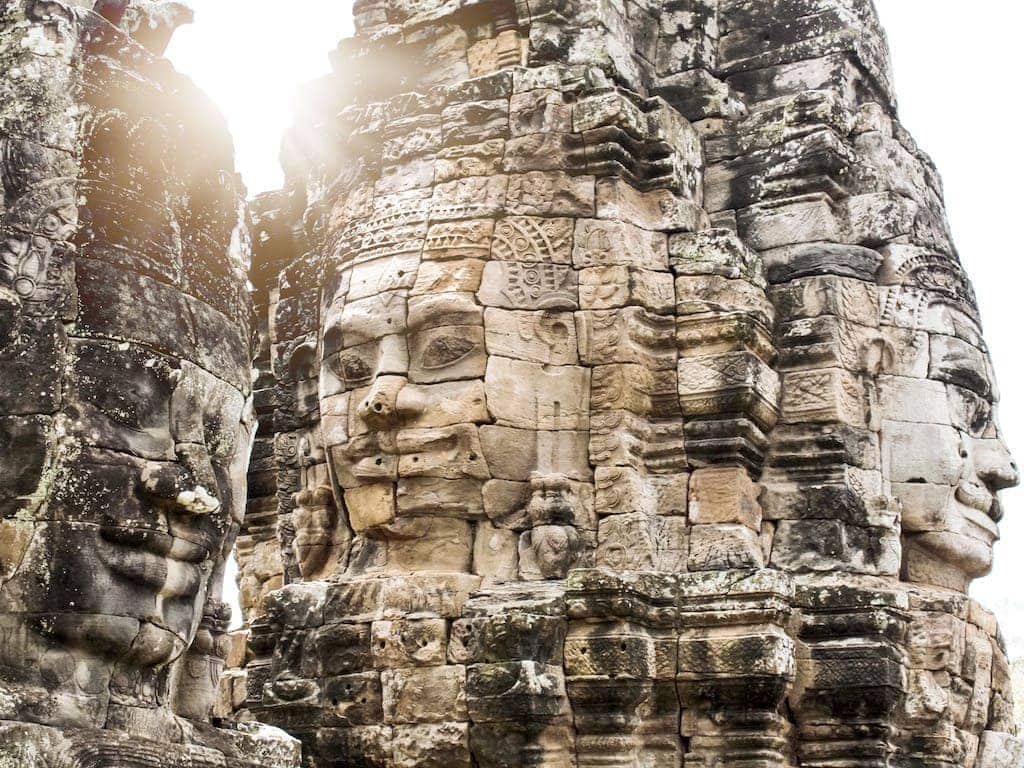
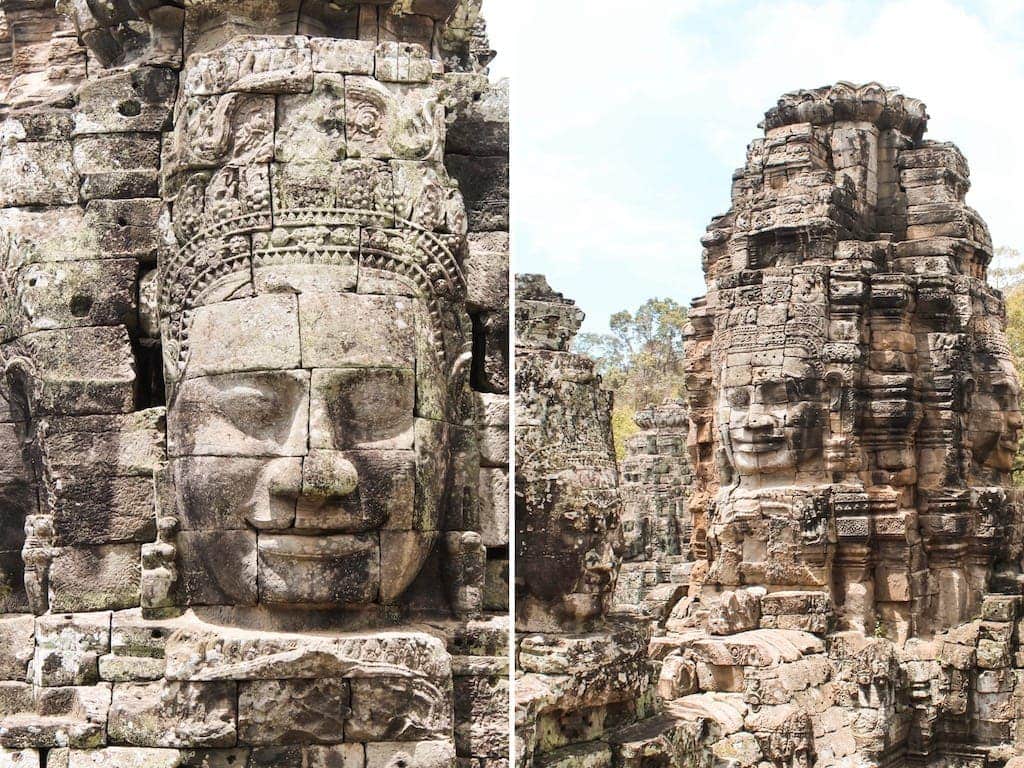
6. Preah Khan
Preah Khan is located near the northern end of the park and is one of the larger temple complexes. It served simultaneously as a temple, city, and Buddhist university. The temple was built during the 12th century for King Jayavarman VII in honor of his father. The temple has four enclosures, each with intricate carvings on its walls.
Details of the temple’s history can be found inscribed on one of its columns and include the city’s population at the time, which was 100,000. Preah Khan is surrounded by a moat and has four walkways, each leading to one of its entrances. Temple looting is the most obvious here. The walkways are lined with statues but most are missing heads that were likely taken to be sold on the black market.
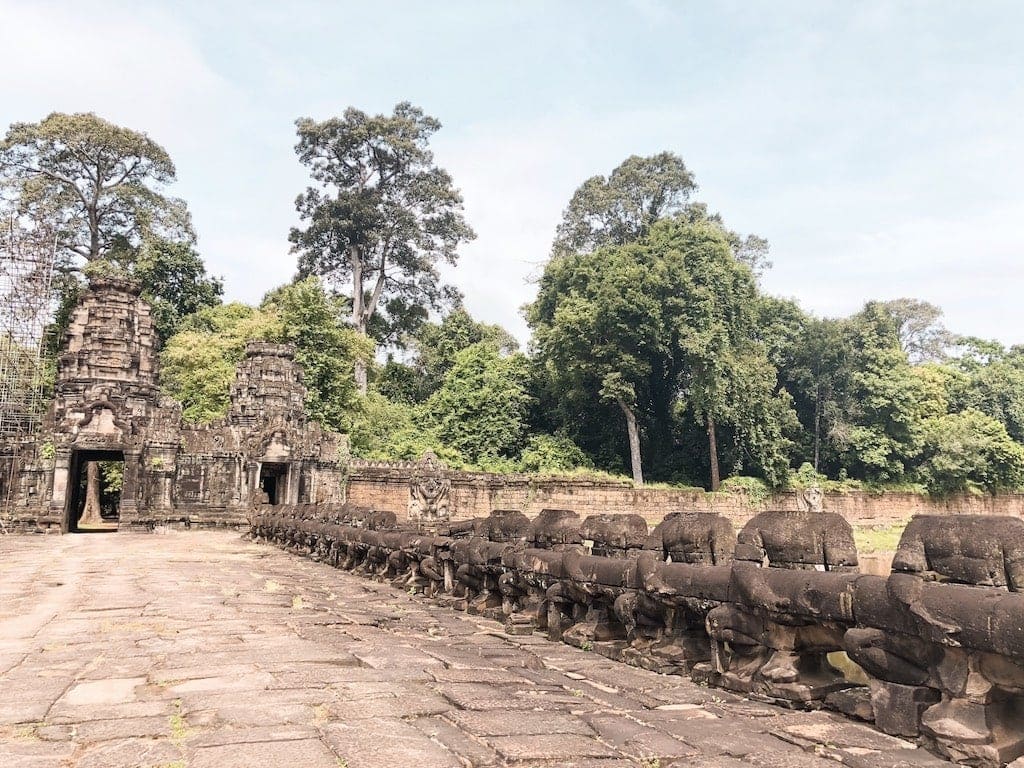
7. Ta Som
Ta Som was built toward the end of the 12th century during the reign of the Buddhist King Jayavarman VII. Not much is known about the history of Ta Som but it is said to be dedicated to the King’s father, Dharanindravarman II. Ta Som is located in the northeastern corner of Angkor Archaeological Park and is one of the smaller temples. It often gets skipped over since it is somewhat out of the way but it is definitely worth a visit.
Ta Som was built in the Bayon style and has been well-restored. A 10-year-long restoration program began in 1998 and made the temple safe for visitors. The temple is plaza-like with a central tower and two gate towers. There are faces on the towers and beautiful carvings can be seen on the walls. Parts of Ta Som are overgrown with vegetation, similar to that of Ta Phrom.
One of the best things about Ta Som is the huge tree that has overtaken one of the temple gates. It makes Ta Som one of my favorite temples in Siem Reap. The large tree can be found at the back gate if you are coming from the visitor’s entrance. It’s one of the best photo opportunities in the entire park. Mid-morning, around 10 or 11 am, is a great time to visit the temple. It provides enough sunlight to see the carvings but isn’t too bright for photos.
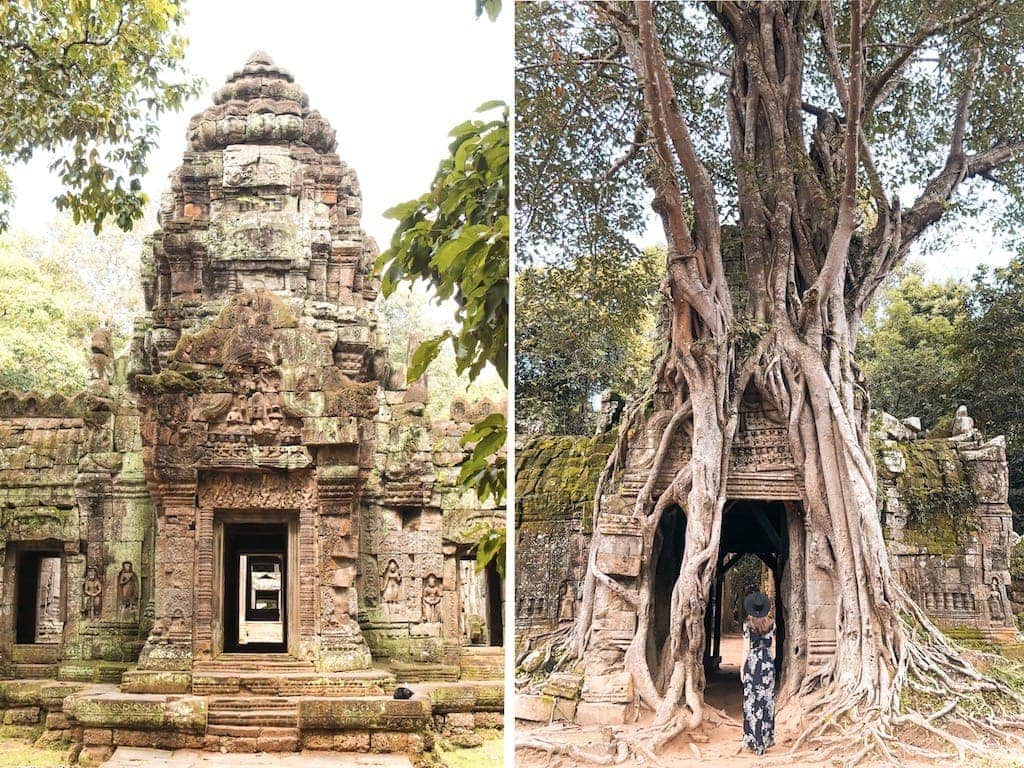
8. Banteay Srei
Banteay Srei should be visited on a separate day from the above-mentioned temples. It’s located about 15 mi (25 km) northeast of the main temple group and although it is somewhat out of the way, you won’t want to miss it. Banteay Srei means “Citadel of Women” and it is often referred to as the “pink temple” because of its red sandstone structures that look pink in the sunlight.
It’s dedicated to Shiva, the Hindu goddess, and has the most intricate and delicate carvings of any of the Angkor temples. It’s much more petite and feminine than the others. Banteay Srei is the perfect escape from the hustle and bustle of the main temples. It’s surrounded by winding pathways, beautiful botanical gardens, and lily ponds. I would set aside an entire morning to explore the area.
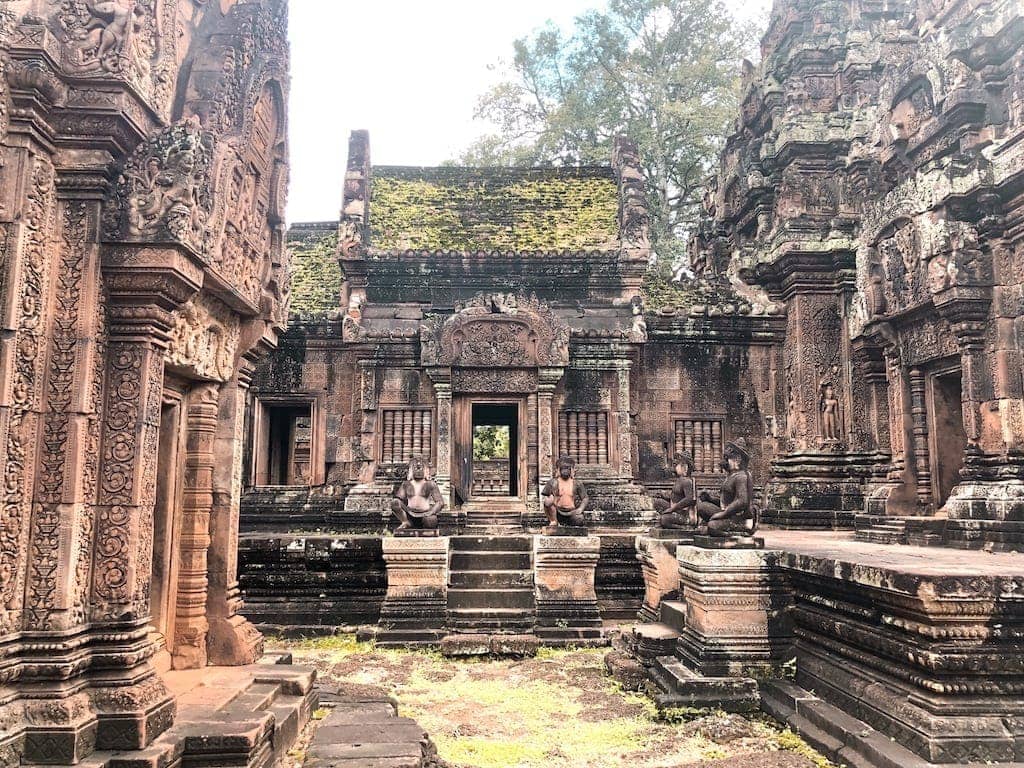
Important to Know Before You Go
An Angkor pass is required to enter each of the temple sites. A pass can be purchased online or in person at the park counter. Both cash and card are accepted. One, three, and seven-day passes are available. The prices at the time of this post are as follows:
1 day $37 USD
3 day $62 USD
7 day $72 USD
The ticket counter is open from 5:00 am until 5.30 pm. Hours for the majority of the temples are 7:30 am to 5:30 pm but a few of the temples (including Angkor Wat) open as early as 5 am. There are a few ways to tour the temples. You can choose to do a self-guided tour by bike, tuk-tuk, or private car or you can hire a guide.
If going the self-guided route, a tuk-tuk is going to be your best option as it will allow you to cover a lot of ground and is relatively inexpensive. I strongly recommend hiring a guide for at least the first day. You will be able to learn a lot and make the most of your time. At the very least you should have some sort of loose itinerary.
If you are in search of a guide/photographer, I highly suggest Kimleng Sang. Kimleng knows the area and its history well and will take you to all the must-see temples in Siem Reap. He is an excellent photographer and will happily take photos of you or give you pointers so you can take beautiful photos of your own. Many of the photos in this post were either taken by him or with his assistance.
Where to Eat in Siem Reap
Marum: Marum is one of my all-time favorite restaurants that I have found on my travels. The restaurant is set up in a two-story wooden structure with a beautiful patio area. The food is delicious and the service is amazing. Marum is a TREE restaurant, a global alliance of training restaurants around the world.
Marum gives young Cambodians opportunities they would never otherwise have. It trains them and helps them gain employment in Cambodia’s growing hospitality sector. Did I mention the food is amazing? It’s also vegan-friendly. I really can’t recommend Marum enough.
The Hive: The Hive is a healthy breakfast spot offering, juices, smoothies, and vegan-friendly options. The cafe is popular with digital nomads and is a great place to go if you need to catch up on some work.
Sister Srey: Sister Srey is the perfect spot for breakfast. The cafe offers delicious coffee, smoothies, pastries, and more. Not only is the food great, but a large percentage of its profits go to APOPO, an organization that works to make Cambodia safer by using rats to detect landmines and tuberculosis. Sister Srey is located in town and is not far from Pub Street.
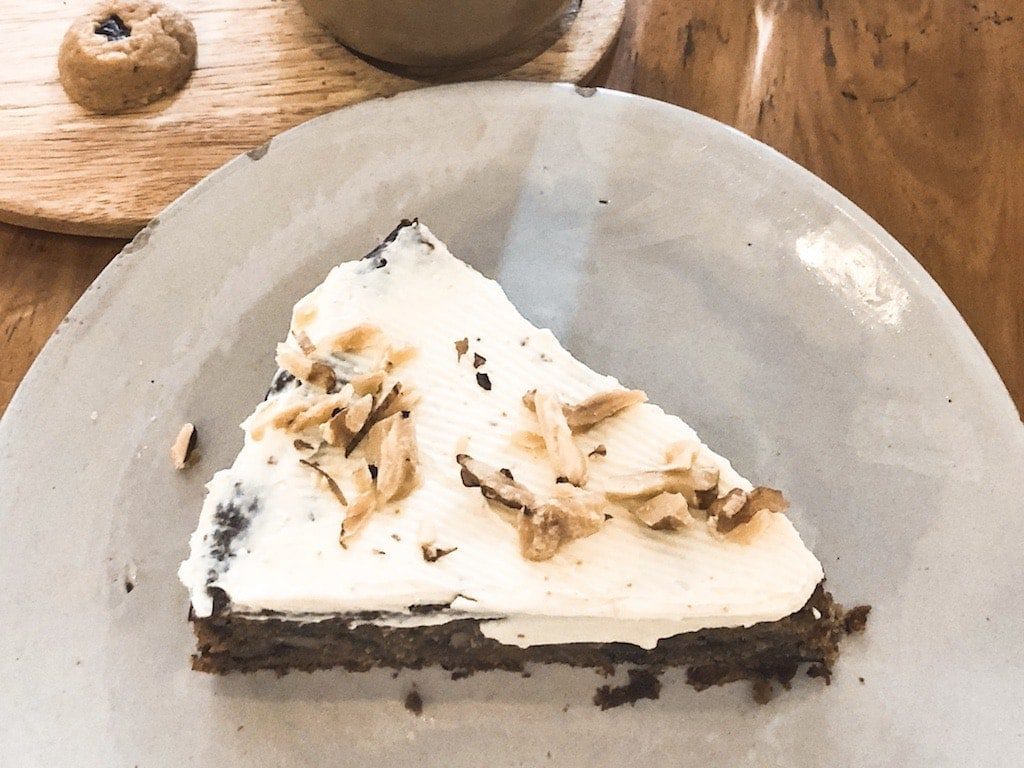
Where to Stay in Siem Reap
Sofitel Angkor Phokeethra Golf & Spa Resort
Sofitel Angkor Phokeethra Golf & Spa Resort is a beautiful hotel choice if you wish to stay a little closer to Angkor. The luxurious resort is just a ten-minute drive from Angkor Wat. The rooms are elegantly decorated and surrounded by tropical gardens. The property has five different dining venues, a bar, a pub, and a large swimming pool. An on-site spa offers a full menu of services and is the perfect way to end a long day of sightseeing.
Babel Guesthouse
Babel Guesthouse is a great budget option and is perfect for those who wish to sightsee and enjoy Siem Reap’s nightlife. The property features simple and modern rooms with en-suite bathrooms and is surrounded by lush gardens. The eco-conscious hotel has recycling services available to guests, vegan options, and plastic-free dining. The hotel only employs locals and provides them with excellent working conditions and education. Babel is also home to the first public refill station and has a store of eco-friendly items.
Sarai Resort & Spa
Sarai Resort & Spa is a favorite of Instagram influencers due to its beautiful Moroccan theme and picture-perfect pool area. Many of the rooms also have a lovely window-seat area with a pool view. It makes for a great place to enjoy breakfast in the mornings. The mid-range hotel is conveniently located in Siem Reap and is within walking distance of town and its famous Pub Street. The hotel has a spa on-site and offers a range of treatments.
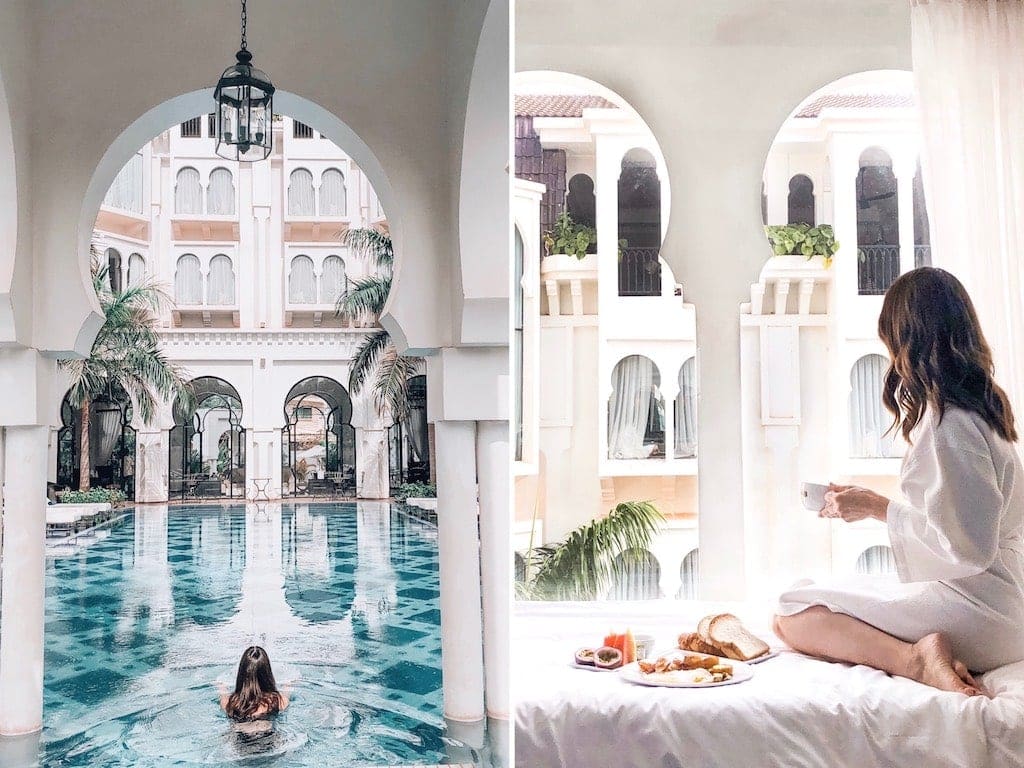
Have you visited Angkor Wat? What are your favorite temples in Siem Reap? If you’ve enjoyed this post, please leave a comment or share using the social media buttons below. Are you interested in visiting more beautiful temples in Southeast Asia? Continue to my post, “How to Spend Two Days in Bangkok” and discover some of Thailand’s best temples.
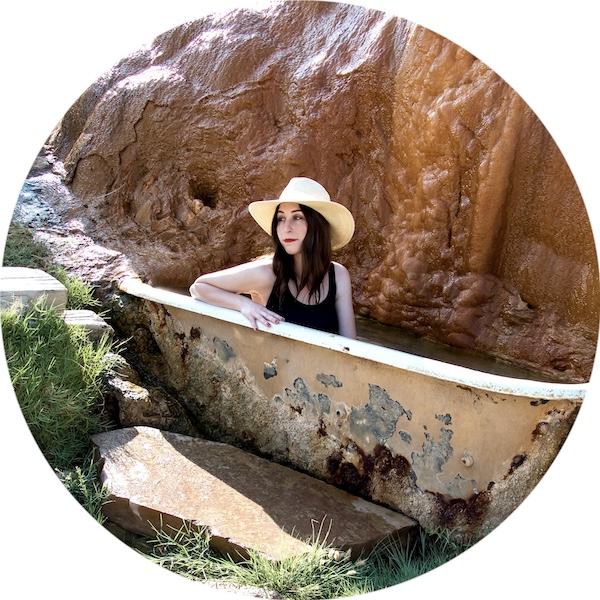
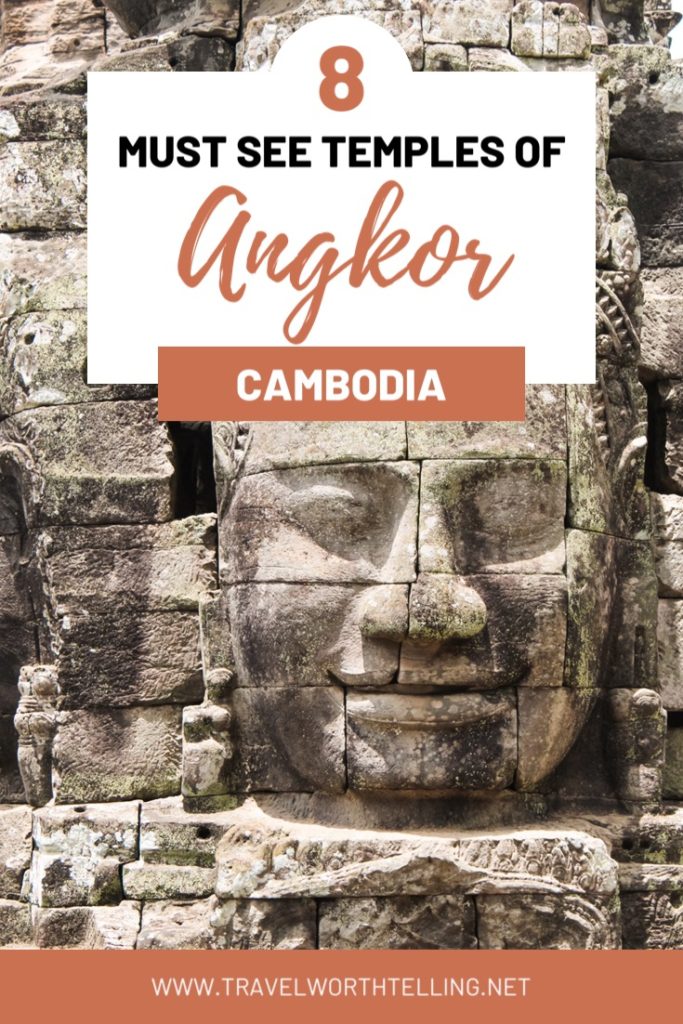

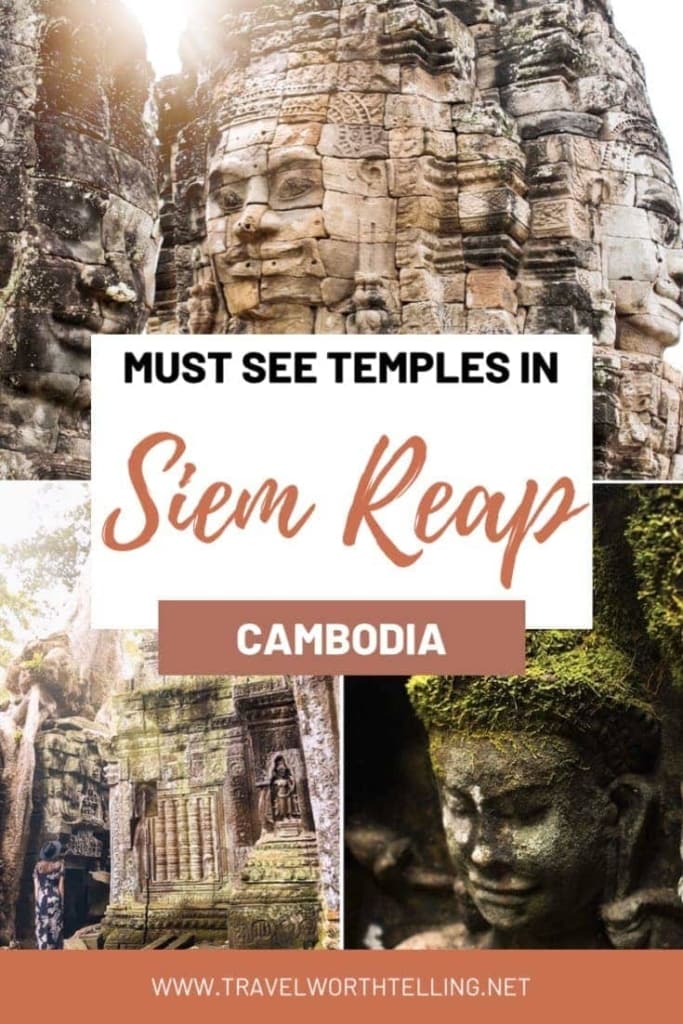

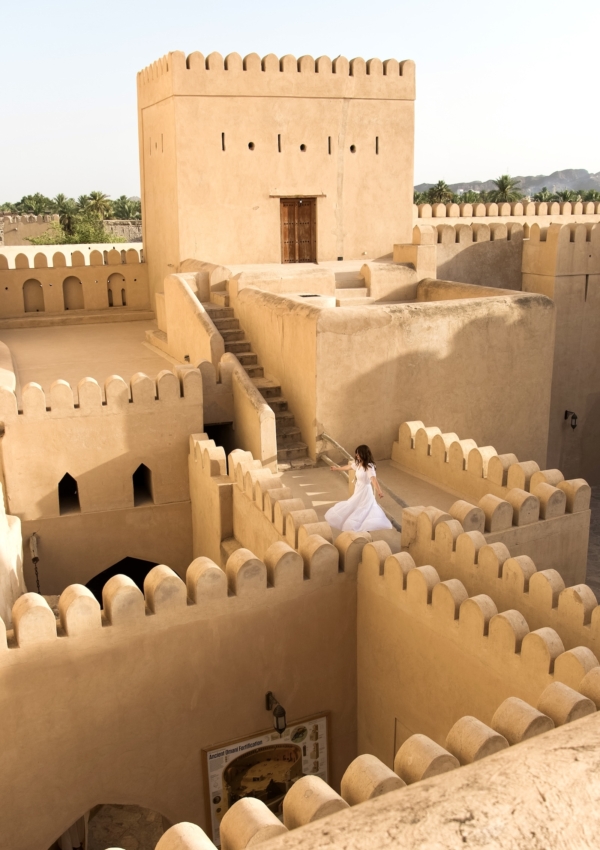
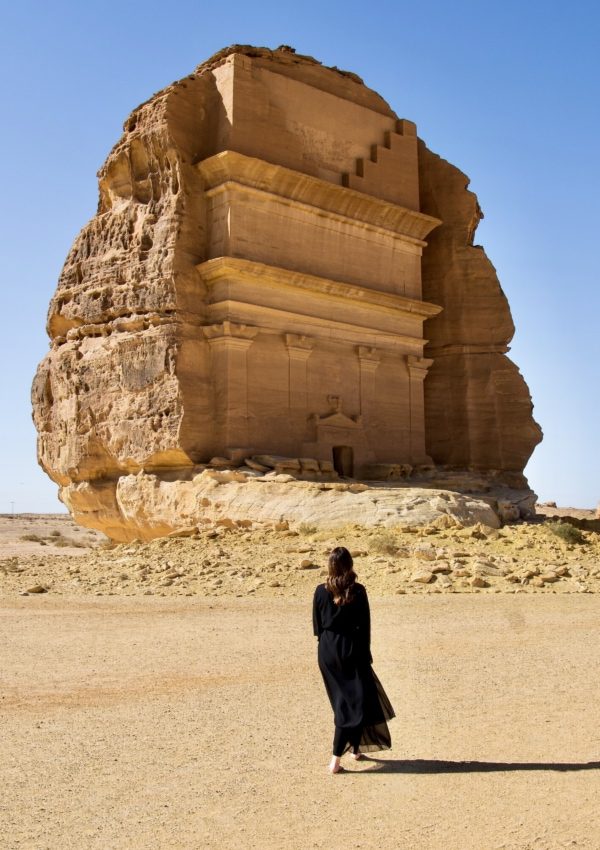
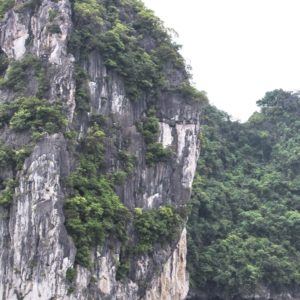

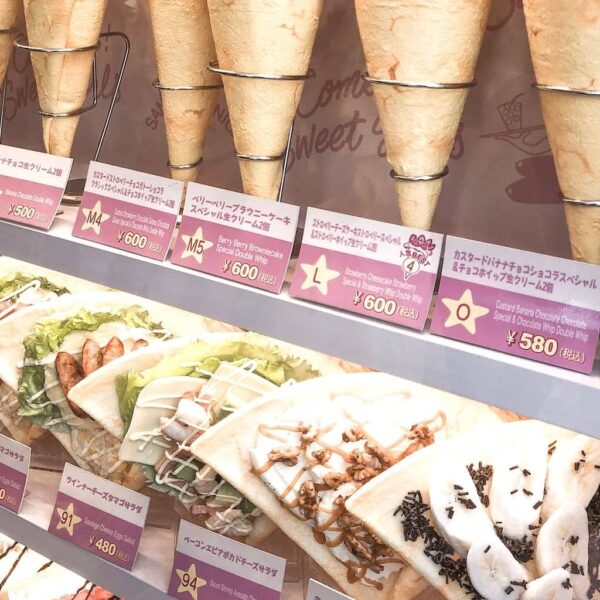
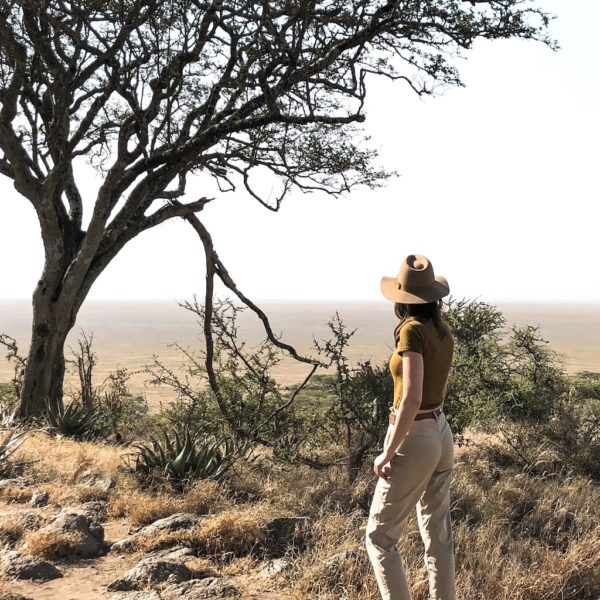
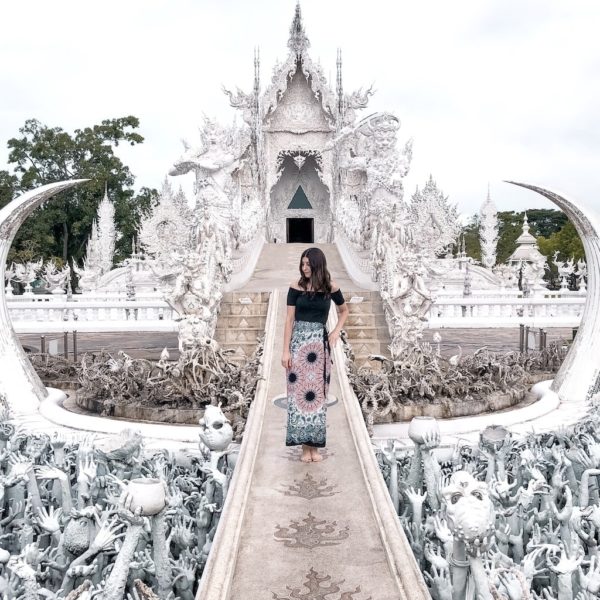
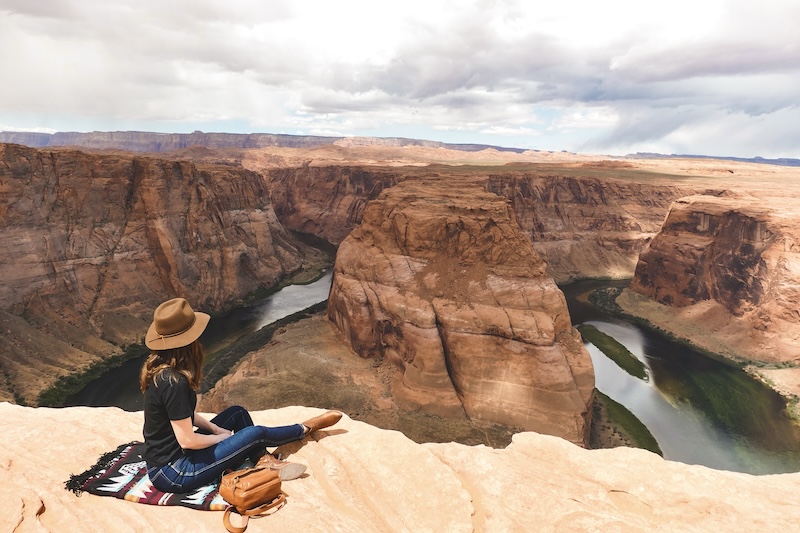
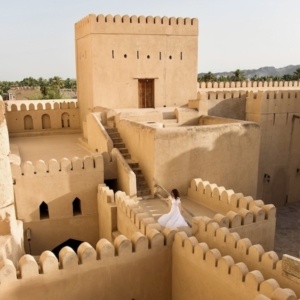
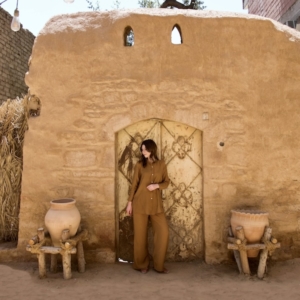
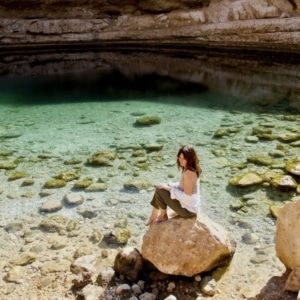
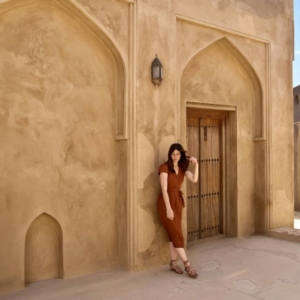
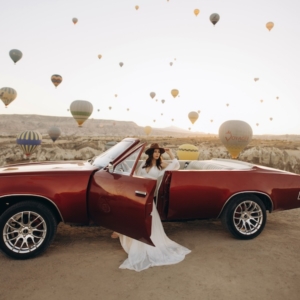
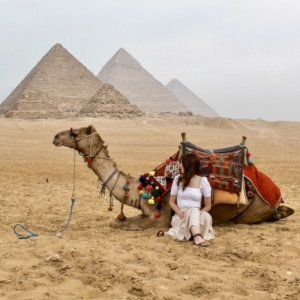
Hi There! This was somewhere on my list to go, so I was really happy to read this list! Thanks for sharing!
Hi! Thanks for reading! Glad it was helpful :)
This photography is stunning! Amazing post!
Thank you!
Wow, beautiful photos. And sounds like an incredible experience. Thanks for sharing.
Welcome and thanks for reading :)
Wow! These look amazing.
They really are and pictures don’t do them justice!
Awesome post! I loved Cambodia, one of my favourite countries to date. I took almost the exact same photo at Pre Rup! :)
Thanks for reading! I loved it too…such a beautiful country.